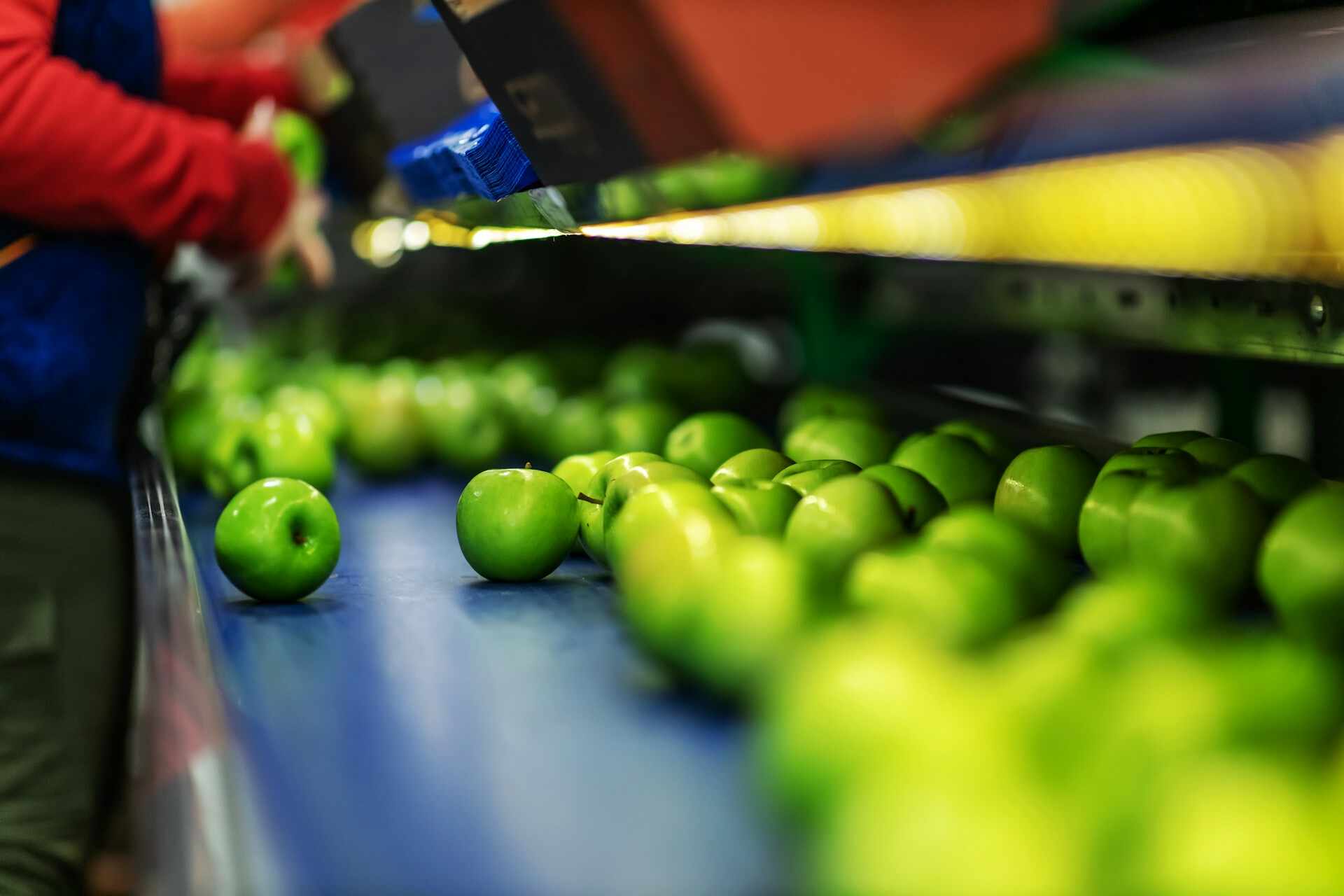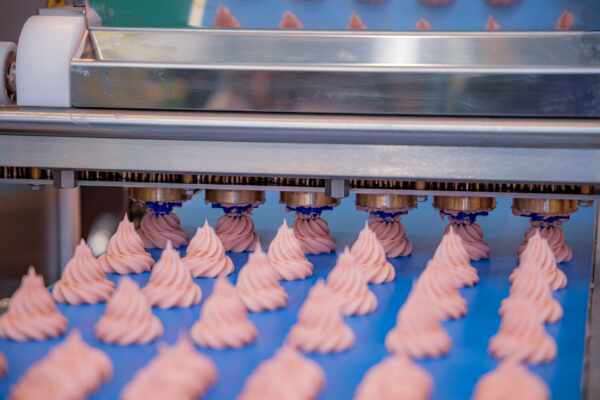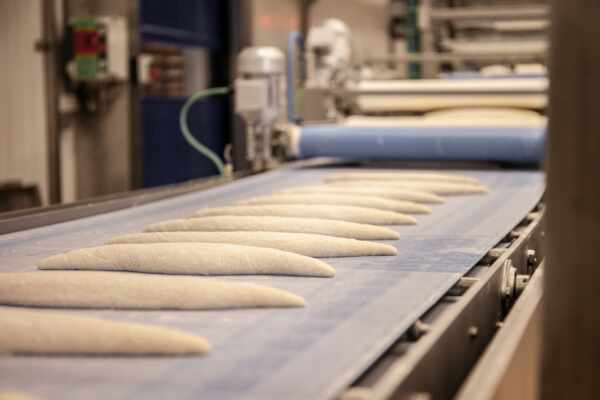In food manufacturing, maintaining the cleanliness of conveyor belt systems is paramount for ensuring product quality and adhering to strict food safety standards. Conveyor belts often transport food products in various stages of production, making them susceptible to contamination from dirt, debris, and bacteria. To mitigate this risk and maintain high cleanliness standards, an efficient conveyor belt cleaning system is essential.
In this comprehensive guide, we will explore the importance of conveyor belt cleaning systems in food manufacturing, delve into the different types of cleaning systems available, and discuss best practices for implementing an effective cleaning strategy. Moreover, we will examine the potential benefits of well-maintained conveyor belt cleaning systems, such as improved product quality, reduced costs, and enhanced compliance with food safety regulations.
Comprehensive Guide to Conveyor Belt Cleaning Systems in Food Manufacturing
Understanding the Importance of Conveyor Belt Cleaning in Food Manufacturing
Conveyor belt cleaning systems play a vital role in food manufacturing operations, offering several essential benefits:
1. Enhanced Food Safety: A well-maintained conveyor belt cleaning system minimises the risk of food contamination due to bacterial growth, foreign particles, or residual allergens that may accumulate on belt surfaces.
2. Increased Product Quality: Ensuring the cleanliness of conveyor belts contributes to consistent and high-quality food products, resulting in higher customer satisfaction and repeat business.
3. Regulatory Compliance: Strict food safety standards, such as Hazard Analysis and Critical Control Points (HACCP) principles, require food manufacturers to maintain a clean production environment. Effective conveyor belt cleaning systems can help you comply with relevant regulations and avoid possible fines or reputational damage.
4. Reduced Maintenance Costs: Implementing an efficient conveyor belt cleaning strategy can help to decrease the frequency and duration of cleaning-related downtime, prolong the lifespan of your conveyor belt system, and lower maintenance expenses.
Types of Conveyor Belt Cleaning Systems
There are various conveyor belt cleaning systems available in the market, each catering to specific needs and requirements. The most common types include:
1. Brush Cleaners: Brush cleaners use rotating brush assemblies to remove dirt, debris, and contaminants from conveyor belts. They are highly versatile and can be used for both wet and dry applications. However, brush cleaners may not always be suitable for removing stubborn or sticky materials.
2. Scrapers: Scrapers are typically installed at the head pulley, making direct contact with the belt surface to remove adhering dirt, debris, and contaminants. They can be adjusted to maintain optimal contact with the conveyor belt and effectively remove accumulated materials. Scrapers can be air or water-powered, or manual, offering various levels of cleaning intensity and control.
3. Air Knife Systems: Air knife systems utilise high-velocity air to remove loose particles, moisture, or lightweight debris from conveyor belt surfaces. Air knife systems are highly effective in dry cleaning applications, but may not be as suitable for use in wet cleaning processes. They often require minimal contact with the conveyor belt, reducing the risk of belt wear and damage.
4. Water-Based Cleaning Systems: Water-based cleaning systems use water jets, spray nozzles, or immersion techniques to remove contaminants from conveyor belt surfaces. These systems can be highly effective in removing stubborn or sticky materials, but may require additional measures, such as drying processes, to ensure optimal belt performance post-cleaning.
Best Practices for Implementing Conveyor Belt Cleaning Systems
To ensure the efficiency and effectiveness of your conveyor belt cleaning system, follow these best practices:
1. Understand Your Cleaning Requirements: Conduct a thorough analysis of your food manufacturing process to identify the specific cleaning requirements. This analysis should take into consideration factors such as conveyor belt materials, production speed, and the nature of the food products being processed.
2. Choose the Right Cleaning System: Select a conveyor belt cleaning system that aligns with your specific cleaning requirements, considering factors such as effectiveness, ease of use, and maintenance needs. Consult with industry experts, like Change Parts, to help you make an informed decision.
3. Create a Cleaning Schedule: Establish a consistent cleaning schedule that addresses your conveyor belt system’s unique cleaning requirements. Regular cleaning not only ensures optimal system performance and food safety, but also reduces the likelihood of conveyor belt damage due to debris accumulation.
4. Train Your Staff: Provide comprehensive training to your staff on the proper use and maintenance of your conveyor belt cleaning system. This includes learning how to operate, clean, and troubleshoot the system, as well as understanding the importance of timely maintenance.
5. Monitor System Performance: Regularly assess the performance of your conveyor belt cleaning system to identify any inefficiencies or areas for improvement. Continuous monitoring enables you to make data-driven decisions and adjust your cleaning processes as needed.
Conclusion
Conveyor belt cleaning systems are essential in food manufacturing operations to maintain high food safety standards, ensure product quality, and achieve regulatory compliance. By understanding the importance of conveyor belt cleaning, choosing the appropriate cleaning system, and implementing best practices, food manufacturers can mitigate the risks associated with contamination, minimise downtime, and maximise efficiency.
For expert guidance on selecting and implementing the optimal conveyor belt cleaning system for your food manufacturing operation, trust Change Parts. Contact our team today to discover tailored solutions, industry-leading products, and unsurpassed support that will enable you to achieve a safe and efficient food manufacturing environment.




